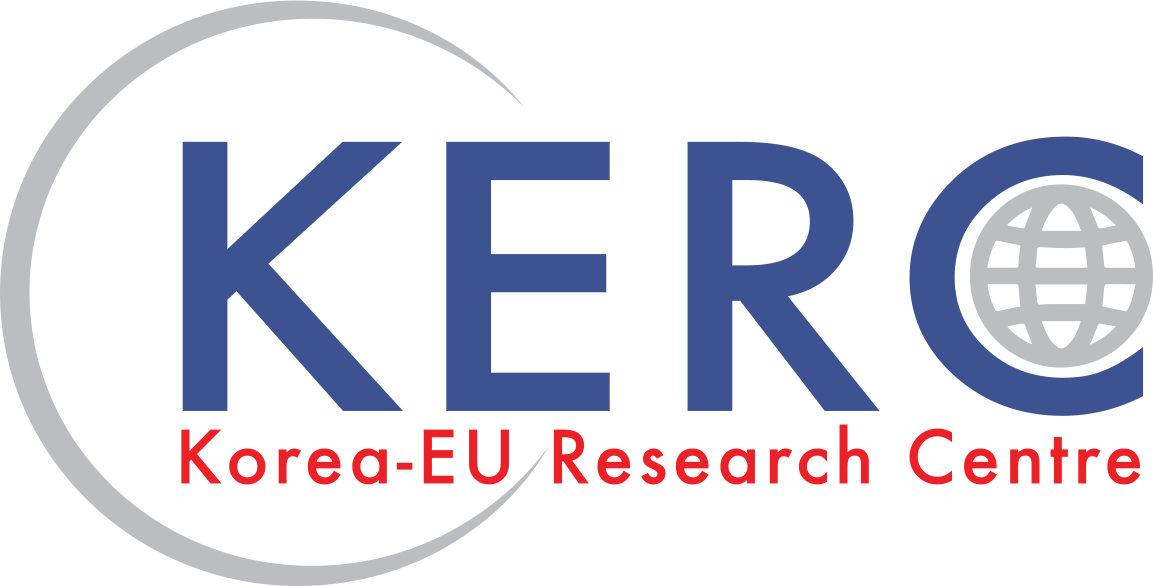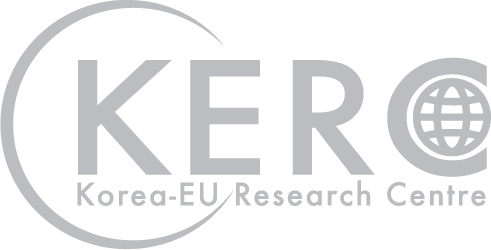The atmospheric concentration of carbon dioxide (CO2) in South Korea hit an all-time high last year, with the atmospheric methane level also registering a sharp increase, a meteorological institute said Tuesday(12 Jul).
The CO2 level in the air, measured from the country's longest-running observation station on Anmyeon Island, 124 kilometers southwest of Seoul, averaged at 423.1 parts per million in 2021, according to a climate report by the National Institute of Meteorological Sciences.
The figure marks the highest point ever since the relevant data began to be compiled in 1999 and an increase of 2.7 ppm from the 2020 average. The average annual increase in the atmospheric CO2 level over the past decade was 2.7 ppm.
Atmospheric concentrations of CO2, observed in the village of Gosan on the southern island of Jeju and the southeastern island of Ulleung, came in at 421.5 ppm and 420.8 ppm, up 2.6 ppm and 2.8 ppm from a year earlier, respectively, the report showed.
The latest numbers are all above the global average concentration of CO2 of 414.7 ppm.
Last year, the country also saw a steep increase in the atmospheric concentration of methane, a primary greenhouse gas far more powerful than CO2.
The methane level in the air, observed from Anmyeon Island, averaged at 2,005 parts per billion in 2021, up 22 ppb from the previous year.
Corresponding numbers measured from Gosan and Ulleung Island stood at 1,982 ppb and 1,988 ppb, up by 14 ppb and 16 ppb from a year ago.
Compared with the atmospheric methane level observed from Anmyeon Island in 1999, the 2021 figure marks an increase of 128 ppb.
Greenhouse gases trap heat in the atmosphere and warm the planet, with CO2 and methane counted as those among the major greenhouse gas contributors, along with nitrous oxide.


